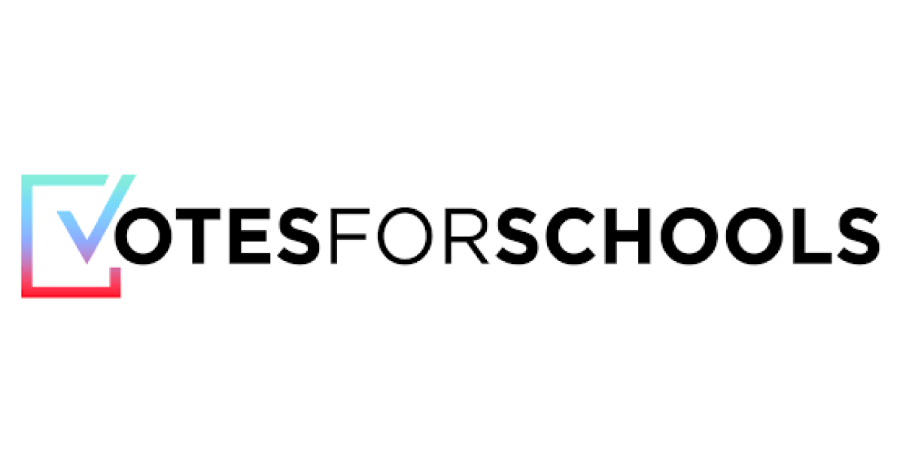6 tips for teaching a meaningful, high-impact PSHE curriculum

Personal, social, health and economic education (PSHE) is an integral part of a child’s education. PSHE is currently a non-statutory subject. However, the Department for Education does expect all schools to teach PSHE to their students. And, some parts of PSHE are compulsory; for primary schools, it is compulsory to teach relationship education and in state-funded primary schools it is also compulsory to teach health education.
A well-built PSHE curriculum, that has been designed to meet the particular needs of the children in your school, will foster a healthy and informed attitude towards sex and relationships, physical and mental health, drugs and alcohol, financial health and personal wellbeing.
But it should also do more than this. When a good PSHE curriculum is delivered well, teachers or facilitators give students a model for discussing topics that they may find difficult or embarrassing, they demonstrate healthy ways to set boundaries and they empower students to use their voices.
These 6 tips will help you deliver a meaningful PSHE curriculum that will give your students a set of tools and ideas to help them navigate the world ahead of them.
1. Start with the long-term
Stand-alone lessons don’t work! To build student knowledge and skills effectively, it’s important to build on prior knowledge; from year to year, unit to unit and from subject to subject.
This has become fairly established for core subjects and there is a significant current drive towards the creation of schemes of work that focus on the progression of skills and of knowledge across a child’s school career.
These same principles apply to PSHE and it’s important to create or use schemes that have been planned for the long-term.
Take a look at some of the most effective PSHE schemes:
2. Ground rules
Setting clear expectations that students recognise and understand is a cornerstone of good behaviour management when teaching any lesson. Since topics taught in PSHE can be sensitive or difficult for students, it is particularly important that clear ground rules are established.
Students need to believe in the ground rules that will go on to govern their PSHE lessons. An effective way of boosting buy-in is by involving students in the creation of the rules; dedicate the first 15 minutes of your first PSHE lesson to creating a set of rules with the class. If students feel like they were involved in the creation of the rules, they’re more likely to abide by them.
Education Endowment Foundation’s Improving Behaviour in Schools Guidance Report.
Top tips for ground rules
- Mirror the language that your students are using when writing up the rules, if students can recognise their voice, they’re likely to feel much more involved in the process.
- Ask students to sign the poster with the rules on.
- Display the rules in large writing in the classroom.
- Check-in during and at the end of lessons and ask the class how well they observed these rules.
It can be powerful to involve students in the creation of rules, but you should also guide them towards rules that will ensure you create a space where students feel comfortable asking questions and getting things wrong.
Try to include rules about:
- Openness – Everyone should agree to come with an open mind and an understanding that other people might have different opinions or beliefs to them.
- Conversations should stay in the classroom – It’s important to make clear to students at this point that you have a duty to safeguard them and that if you are worried about anything then you will have to discuss it with other adults.
- Non-judgemental – If someone is ridiculed or judged for asking a question, the attitude towards asking questions is likely to be seriously damaged.
- Kindness – This can be a great opportunity for you to correct the misuse of language such as the derogatory use of the words ‘gay’ or ‘crazy’.
3. Continual Professional Development (CPD)
CPD can be expensive to access and schools don’t always have the budget to spend on dedicated training courses.
But don’t worry! CPD for PSHE can come in many forms, and it doesn’t have to be a paid-for, full-day training session. There are dozens of fantastic, free resources available for you to learn more about topic areas within PSHE. Here are some of the best:
- Mind’s Types of mental health problems offers a comprehensive set of articles explaining mental health problems like anxiety, eating problems and self-harm.
- Stonewall’s provides best practices, toolkits and resources for educators to make sure their students have access to an LGBTQ+ inclusive education.
- NSPCC Learning offers training and resources to help you protect children from abuse and neglect.
Any work that you can do to build your knowledge of the topics you’ll be teaching is valuable CPD, and for virtually all PSHE topics there is a wealth of fantastic resources creatable by incredible charities and organisations.
4. Safe and inclusive
It’s important to create a safe and inclusive environment, when talking about topics like mental health, gender identity and drugs and alcohol, we as educators can’t always know the full scope of any young person’s experience.
Here are some ways that you can help any young people that may have had negative experiences or exposure, or who are worried or anxious about any of the topics you teach, feel safer.
- Tell students that nobody has to contribute to the discussion if they don’t want to.
- Avoid using images or content that might be triggering.
- Make sure your students know who in the school they can talk to if they feel worried or upset about anything that’s discussed, and make sure they know how they can start that conversation.
- Always assume that at least one young person in the class has been personally affected in some way by the content you are teaching.
- Inform students of safe and trustworthy places that they could use to do further research if they wanted to.
5. Help-seeking
It’s important to understand that students may want to learn more about these topics in their own time. Particularly as some topics that you cover might be considered taboo for some in your class. There is dangerous, harmful content on the internet and social media relating to drugs and alcohol, self-harm, gender identity and LGBTQ+ and it's important to ensure your students are aware of this.
Help your students to know where they can go to find safe, reliable information and have these sites and services up on a display somewhere in the classroom or the school. Students may decide days or weeks later that they want to know more, and it should be easy for them to find those safe sources of information.
Some great examples of free services that you can signpost to young people:
- Childline (they’re not just a phone line - their website is full of valuable resources)
- YoungMinds offers free confidential online and telephone support
- Young Stonewall has a website with advice and information for any young people who think they might be lesbian, gay, bisexual or are questioning their sexual orientation, and/or who think they might be trans, non-binary or are questioning their gender identity.
- The NSPCC offers information and support for all kinds of child abuse
6. Assessment for learning, evidencing learning and measuring impact
As with all subjects, as educators, it’s essential that we are assessing for learning as we teach PSHE. By embedding Assessment for Learning in your teaching of PSHE, you involve students in their own learning, can more quickly assess whether learning outcomes have been met and more effectively alter and adapt your curriculum to meet long-term learning objectives.
Votes for Schools recommends exercises to complement their teaching resources and evidence learning, including students responding to agony aunt letters and students creating a decision map game. These exercises and others they recommend are excellent for ensuring that you have a good grasp of how well students have understood the content of the lesson. A simple initial Assessment for Learning technique to complement these would be for students to peer-assess one another’s work.
Finally, evidencing learning is a way to tie your whole curriculum together and allow you to measure the impact that the teaching has had. Measuring how well students met the long-term learning outcomes will allow you to make tweaks and adjustments to your curriculum in the future.


